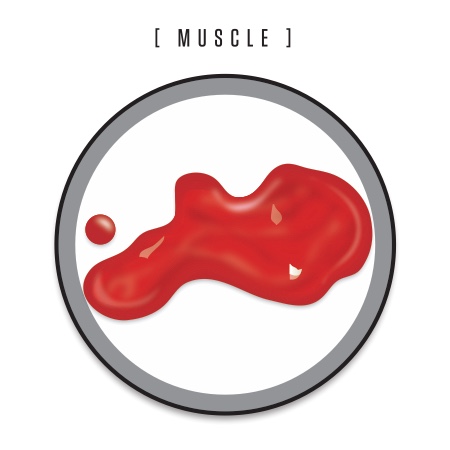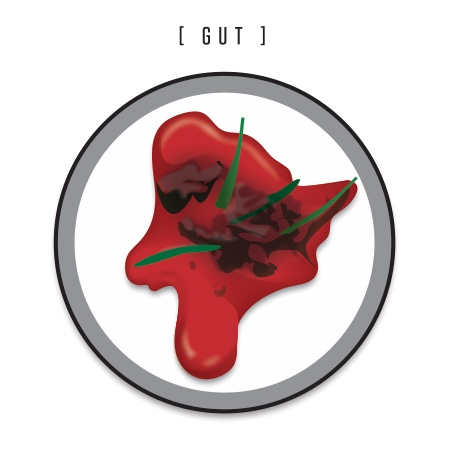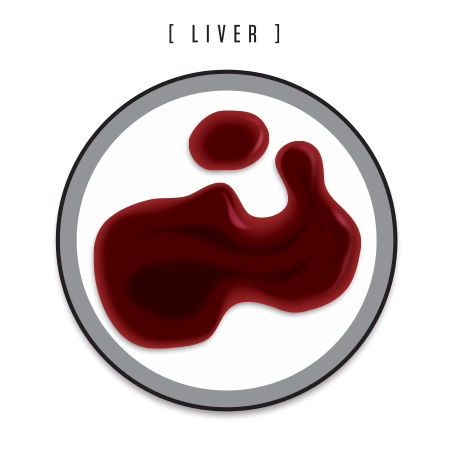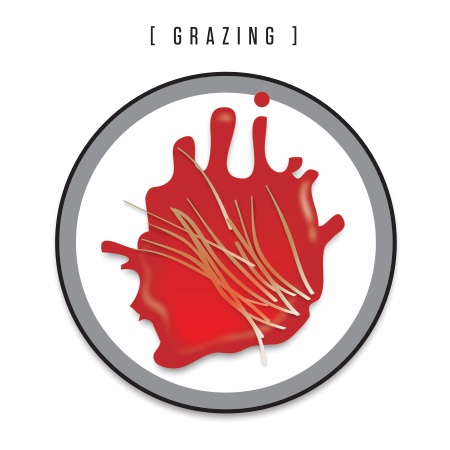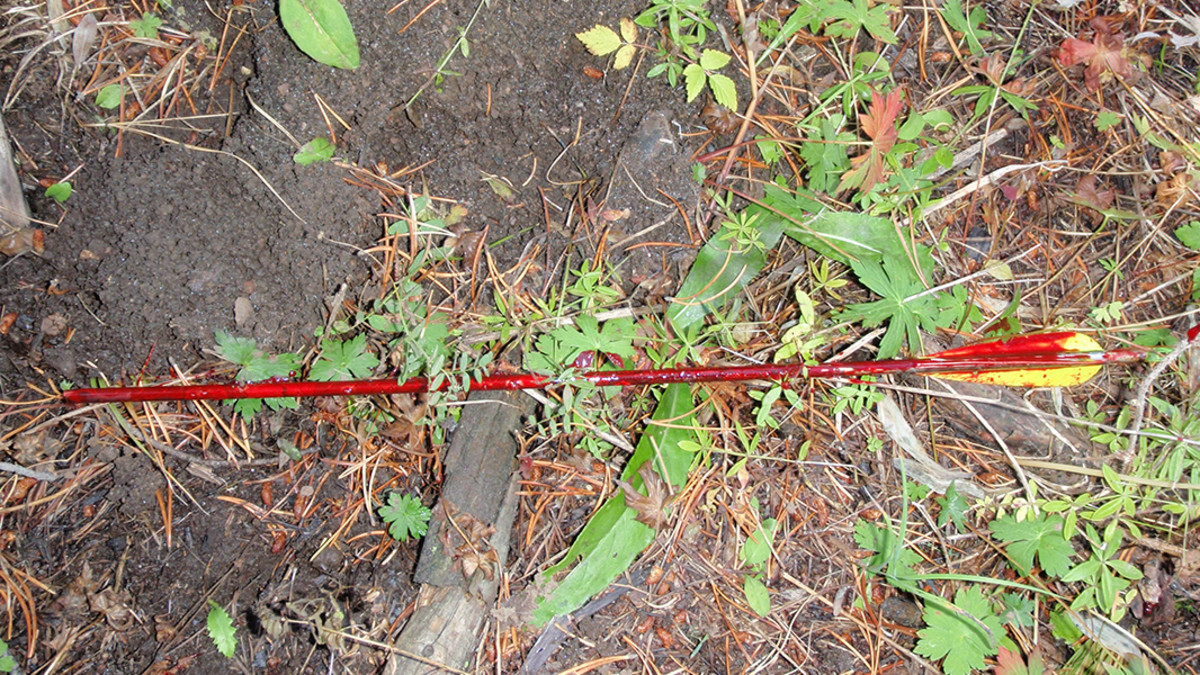
The trigger was pulled, the bullet or arrow sent towards the animal. So what do you do now? Knowing how to blood trail and track the animal you’ve shot is essential. There is nothing worse than placing your shot, hitting the animal and not recovering the meat to bring home for the freezer.
If the animal dropped dead in its tracks, you can take a few moments to feel grateful for your fortunes and to thank the animal for the gift of its meat. If you scored a hit but the animal ran off, you’ll have to put your celebrations on hold. This is when blood trailing and tracking comes into play.
There’s an incredible amount of information that needs to be gathered in the immediate moments following a shot. Stay focused after your shot, the information you gather will be key to successfully track your animal.
Watch for Evidence
First off, try to locate the actual shot placement. Look for a spot of blood on the animal’s side indicating the location of the bullet’s entrance. This is sometimes magnified when archery hunting because the fletching portion of the arrow might be visible at the point of impact. The animal’s reaction to the shot can reveal significant information as well. For instance, a leap straight into the air with a hunched back indicates a well-placed shot, likely to the heart. A slinking, hunkering reaction points to a shot that hit too far back, probably in the stomach or intestines. A flailing limb can mean very bad news, as it could indicate a shot that has missed the body but clipped a leg.
If the rear end drops, but the front legs are still pulling, the spine has most likely been hit. Sometimes, spine hits will cause the animal to fold all four legs and fall straight to the ground. If this happens, don’t expect the animal to be immediately killed. You might have to act quickly to avoid any suffering and put another round into the animal’s neck or through its lungs. Although you should refrain from aiming for these locations, head and neck shots will also result in a dropped animal that will usually die much faster than an animal hit through the lower portions of the spine.
Mark the Animals Location
Whether you’re hunting open or dense habitat, you need to mentally mark the precise location where the animal was standing when it was hit, plus the location of the last place you saw the animal. If you are hunting in a forest, visual contact may cease within fractions of a second; in open country, you might watch the animal for several minutes before it disappears.
A wounded animal typically makes a fair amount of noise as it crashes off, so pay attention to that as well and try to get a mark on the location of the last noise you heard. Stay quiet and attentive. Sometimes, after a period of silence, a final crash or guttural moan might add information to your building bank of data.
Mark Your Shooting Position
At this point, mark your shooting location with a piece of clothing or plastic surveyor’s tape. Then pull out your compass and take note of the directional headings to the various locations you marked and estimate the distances. If it was a long shot, study the area the animal was standing with binoculars. Notice rocks, trees, logs, vegetation, or any other identifying features that might help you pick out the exact area once you get over there.
You can also use your rangefinder to mark the distances to various landmarks; once there, you can measure back to your shooting position to determine if you’re in the right spot. When you do leave your shooting position, go immediately to your mentally marked locations and mark them with surveyor’s tape or additional clothes such as your hat and gloves. If you’re hunting with a partner, have him or her remain in the shooting position in order to help guide you to the necessary locations.
Be Patient
Generally, you should wait about forty-five minutes to an hour before tracking a wounded animal. That way, there’s less of a chance that the animal will get up and run after it lays down to die. You can add or subtract time according to how confident you are in your hit; if it’s a heart shot animal, it’s probably been dead since a minute or two after you shot. If it’s hit through the stomach, you want to give it plenty of time before you start pushing it.
So, instead of plowing ahead, take a moment to replay everything that happened. Ask yourself, how confident am I about my shot placement? Did I rush the shot or did I calmly squeeze the trigger? Was the animal standing still or walking? What side should the entrance wound be on? Try to remember these details. They might come in very handy later in the tracking job, especially if things go poorly and you can’t immediately find the animal.
Understanding Blood Trail Signs
Hopefully you’ll find blood right away, within a few yards of where the animal was standing. Check for any hair or bone fragments. If you can’t find blood, look for the tracks of a fast-moving and startled animal. They often have a skidded appearance or are deeply bedded. These will often lead you to the beginning of the blood. When you find blood, don’t disturb it. The color, amount, and contents of the blood will give you clues about the type of hit and the condition of the animal.
A lung or lung/heart hit will produce a bright, almost pinkish blood. Often you will see foam or bubbles in the blood, which is a very good sign.
The blood might be so profuse that it looks as though someone was running through the woods with two cans of red spray paint with the nozzles held open. If that’s the case, the animal is probably already dead and will be lying close by. If it was a quartering shot, it’s possible that only one lung was hit. This could mean less blood and an animal that might travel for several hundred yards or more though it will certainly die and you should be able to recover it with minimal effort.
Muscle wounds tend to generate crimson colored blood that is darker than pink lung blood. Heart shots can result in similar colored blood, but it’s so copious that there’s little trouble in following it to the dead animal.
When this bright crimson muscle blood comes in spatters and pin drops, you should be very worried. Small chunks of bone are often found with this type of blood, which could indicate a wound that may not be fatal. Common shot locations that produce this type of blood are lower legs, brisket, and neck shots that missed the spine. With luck on your side, a major artery might have been cut. This could cause the animal to bleed out and expire.
In the case of a hit to the femoral artery, it could leave a strong blood trail and bleed out very quickly. But with a blood trail that starts strong and then peters out to pin drops that are spaced ten to twenty feet apart, there’s a strong chance you’ve got an animal with a non-lethal muscle hit. It could certainly die from an infection in days or weeks, but there’s a strong possibility that the wound may clot and heal. There are always exceptions to the rules, though, and every blood trail should be followed until you’ve exhausted all possibility of finding the next droplet.
Blood with grass or other food particles or digestive material mixed with it points to a shot in the stomach or intestines.
This isn’t good, but it’s not necessarily entirely bad. A lot of different things could happen here, but you need to wait before proceeding along the blood trail. Give the animal at least four hours. This gives it time to lie down and, hopefully, expire. Since shots to the guts don’t tend to bleed much, an animal bumped from its bed and “pushed” becomes exponentially harder to find. If you start trailing the animal and find where it has repeatedly laid down and then gotten back up again, give it more time before you continue the chase. Patience may be the only thing that’s on your side.
When the blood looks so dark crimson that it’s almost black, a liver hit should be suspected. Again, extend the waiting period to four hours. Shot livers do kill animals, just not as quickly as the other vitals. With due diligence, you should be able to recover this animal.
If hair is present, try to match the hair color and texture to an area on the animal to help decipher the shot placement. A lot of hair at the shot site might indicate a grazing or raking shot. You may not even find blood, as the wound could be superficial or nonexistent. But you still owe it to the animal to spend several hours at the location doing a careful examination for any other evidence of a more serious wound.
Mark the Last Blood
When blood trailing a wounded animal, make sure to mark the last blood you found before advancing ahead to find more. You need to treat the area like an FBI forensics expert at a crime scene. Walk slowly and deliberately, and find every clue without destroying any evidence. Too much hurrying and tromping around disturbs the forest floor and could possibly hide that one bit of blood that might ultimately help you find the animal.
Walk in a crouched position to bring your eyes closer to the ground. Crawl when necessary. Besides looking directly on the ground, look for blood on grass, on bushes, on branches. Check both the upper and undersides of vegetation. Note the height of the blood on standing vegetation; this will help you decipher the location of the hit.
Keep your nose in the game. Many bears and rutty bucks have been found when the tracker passed directly downwind of the fallen animal and smelled the creature’s natural odor. Do not quit, even if it means crawling around on all fours for a day, and then waking up the next day in order to divide the area into a grid pattern and cover each and every square. This animal is your responsibility. You wounded it, and you need to find it. A blood trail is no place for quitters.
Reading an Arrow
A recovered arrow can tell you a lot about your shot as long as you can read the clues within it. This arrow demonstrates good penetration, as it’s coated in blood along its entire length. The fact that the arrow is broken six inches back from the tip points to an exit on the far side of the animal where it was broken by movement between the shoulder and the ribs. The bubbles in the blood indicate it was a lung shot.
The same types of blood found on the ground along a blood trail may also be found on a recovered arrow, and they can be interpreted in the same way. Another clue to look for would be a bent shaft or broadhead indicating contact with a hard material such as bone. An arrow that’s completely devoid of blood might indicate a clean miss. Any arrow recovered has a story to tell, even if it’s not the story you want to hear.


